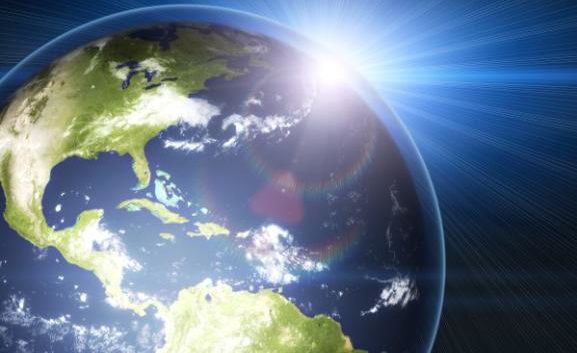For years, numerous environmentalists have lamented mankind’s footprint on the planet, claiming wilderness areas are vanishing at an alarming rate.
A case in point is Dr. James Watson of the University of Queensland and Wildlife Conservation Society, who in 2016 was quoted in the Guardian as saying:
“The loss of the world’s last untouched refuges would not just be disastrous for endangered species but for climate change efforts…Without any policies to protect these areas, they are falling victim to widespread development.”
Now comes a study in National Geographic that should allay his fears.
Published in the journal Global Change Biology, the researchers brought together four independent models for determining the extent to which humanity leaves a footprint on planet Earth. Each of the models looks at “human population, built-up areas, and cropland” as inputs, and one also uses “roads, railway lines, navigable waterways, night-time lights, and pasture lands” as additional considerations.
And the result? It turns out, the study finds at least half of the Earth has been barely impacted by human activities – painting a much different picture than some might expect. As reported in National Geographic:
“All of the maps agreed that about half of Earth shows ‘low’ human impact, and about half of that—a quarter of the ice-free surface of the planet—could be described as “very low” human impact … Each map looked at evidence for contemporary human transformation, so areas that were changed by humans in the past but don’t have lots of lights, roads, or people now are ranked as low impact.
For example, archeological research and ecological surveys of tree species increasingly suggest that the Amazon rainforest was thickly populated and carefully managed by humans for centuries. Layers of charcoal from controlled fires and groves of trees that were clearly planted by people, like açaí palms and cacao, still attest to those days. But since the forest is currently without extensive croplands or major infrastructure, much of the Amazon is ranked as ‘low impact’ in the map.”
To read the full story in National Geographic, click here.
